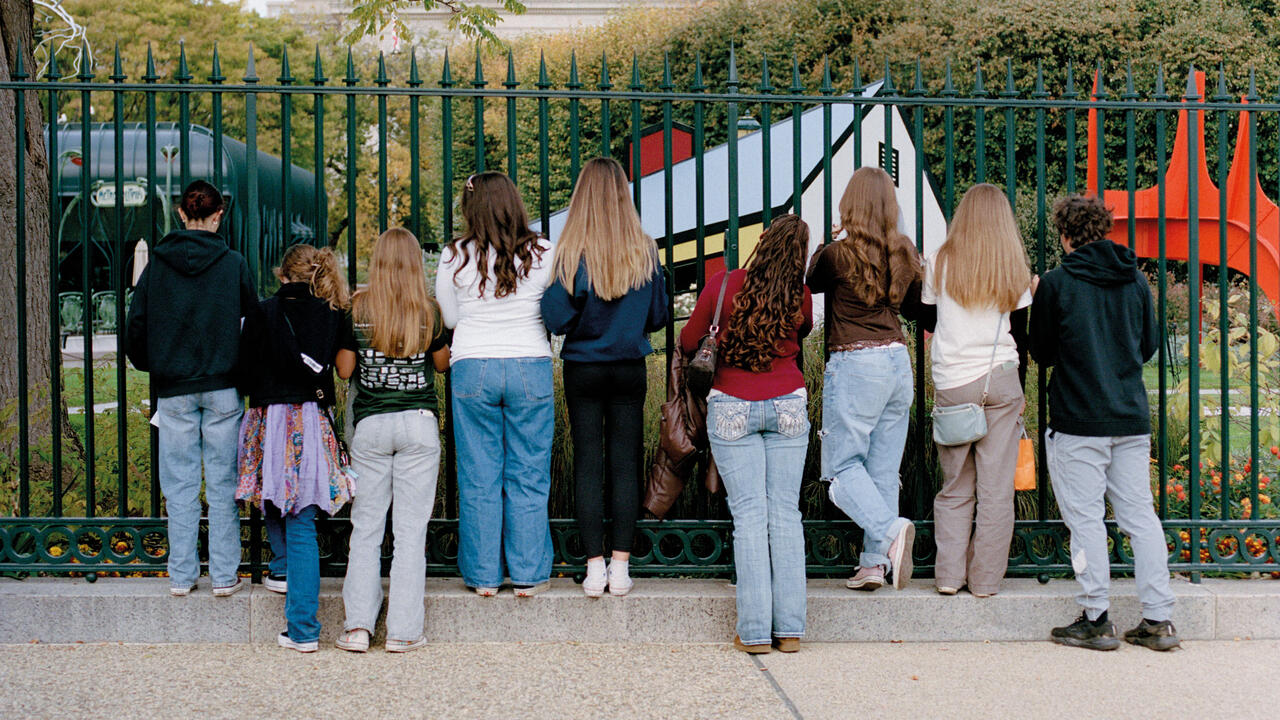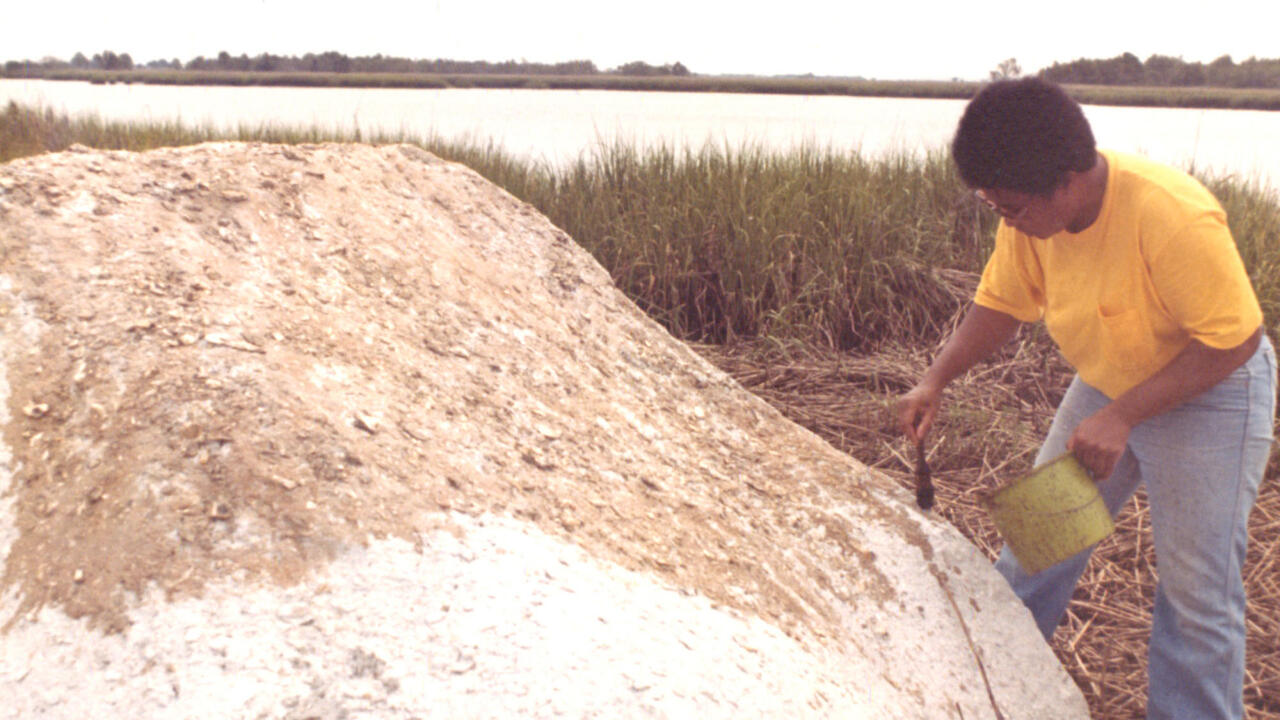Auntie Knows Best?
Queer cringe at the BBC and other diversity dilemmas
Queer cringe at the BBC and other diversity dilemmas

To mark the 50th anniversary of the UK’s Sexual Offences Act of 1967, which partially de-criminalized male homosexuality, the BBC – Britain’s publicly funded bastion of quality broadcasting – scheduled a season of programmes under the banner ‘Gay Britannia’, promising bold and provocative stories that celebrate the country’s LGBTQ community.

Growing up in the 1990s, as I did, meant a lot of surreptitious VHS recording, because firstly, I wasn’t out, and secondly, I could fast-forward to, and repeat ad infinitum, all the gay bits in TV programmes. There was some scope, even without an anniversary as prompt. The fare could range from suburban comedy drama At Home with the Braithwaites (2000-03), which featured a teenage ‘chain-smoking, screwed-up dyke’ I wanted to be, or be with, or something confusing like that, to the fizzy late-night magazine show Gaytime TV (1995-99). The latter featured hi-gloss comedian and presenter Rhona Cameron, all slicked-back cropped hair and purple satin trouser-suit, ironically testing the latest Take That perfume.
Gaytime TV epitomised a New-Labour-style liberalism that in hindsight, did not mean things could only get better. But at that point, the programme seemed like an obviously gay last whiff of the days of that media ‘cut-froat’ (a classist slur on her Southeast London accent) scheduler Janet Street-Porter’s youth-orientated Network 7 (on Channel 4) and Def II (BBC 2), where topics such as Third World debt to pornography were presented with effortless cool by the likes of posh-punk queer crush Magenta Devine. Of course ‘the conversation’ hasn’t gone so much as moved elsewhere, but there was an edginess to this moment before technology so successfully redirected and contained our various tribalisms; where gay culture was not so much assimilated, as just awkwardly but proudly present.

I could never have imagined sitting down to watch the rambunctious TV event of 1999, Queer as Folk, with my actual folks, but with the flagship drama of ‘Gay Britannia’, Man In An Orange Shirt (2017), I was cringing for other reasons. In the first episode, it is the 1940s and the impossibly handsome Michael is briefly indulging in pastoral coupledom with his war-artist lover, having inherited a picturesque cottage by way of his parents’ deaths in an air raid: all very exportable to the global Downton Abbey market. Michael’s contentment is to be short-lived, as a career in banking and an unhappy marriage beckoned for this sympathetic degenerate, pre-1967.
Fast-forward to the present, and Michael’s gay grandson – as genetically watchable, and a vet, no less – is back at the cottage pouring wine around a food-laden table, a scene repeated countless times with his interior designer boyfriend. Numerous references to ‘the cottage’ was at least a good on-the-nose nudge/wink: ‘cottaging’ being the term used for picking up guys in public toilets. But how many in the gay audience even cared to get the joke? How many prime-time viewers were so happily assimilated into the BBC’s middle-class of 2017 – all Labour & Wait kitchenware and Shetland wool cable-knits warming the back of their Aesop-scented necks – that any kind of furtive code seemed merely cute, rather than sexually transgressive? A slip of the finger, if you’ll pardon my French, found me texting a friend my incredulous reaction to ‘The Man in the Orange Shorts’. The errant vowel triggered an exchange over text message which arguably had more in common with the realities of Britain for many today: we pictured a transman wearing shorts bought on discount at Sports Direct, out of work and relying on a local food bank.

There have been recent contributions to LGBTQ visibility in popular culture, such as the Oscar-winning film Moonlight (2016), which shook up mainstream cinema audiences – the last time I remember South London’s Peckham multiplex sounding so riled was during Lee Daniels' Precious (2009). But the de-queering of Patricia Highsmith’s 1952 novel in Carol (2015), the disquieting figure of Mrs Robichek erased (her loneliness and ugliness too ’50s in a bad way, perhaps?), and a heap of hetero divorce and custody battles added, was a disappointment. Yes it had a gay director in Todd Haynes, but imagine it through the lesbian lens of Chantal Akerman, who never realized her ambition to film an adaptation.
Tate Britain’s Queer British Art 1861 – 1967 was another flashpoint. ‘Queer’ proudly heads the title like an oversized rainbow-coloured umbrella leading this year’s parade of 50th anniversary ‘celebrations’. It is the mot du jour, applied to a period in which its current subversive usage was not the same, and at which time ‘Britishness’, let alone ‘otherness’, arguably needed thorough interrogation on an Empire-wide level. What did 1967 mean to a gay man in Guyana, which had only gained independence the year before? In the word ‘queer’ there is a legacy of difficult engagement with the notion of ‘Otherness’ that, should the work be done, would reverberate across the spectrum of sexuality far more meaningfully than the obvious tactic of simply illustrating the persecutions of the LGBTQ ‘community’ (another word that needs attention), or trying to make our loves and behaviours relatable. Is there a growing divide between the mainstream and more wilfully non-normative and counter-cultural factions of the arts, on which the mainstream is always warily, yet greedily, keeping an eye?

In an interview from 1976 the writer and activist Brigid Brophy made a good point when she warned that liberation movements have to be cautious of their relationship to the media. She claimed that when the media wants to celebrate something, it often likes to imagine it’s only just news. She used the example of Arthur Ashe winning Wimbledon in 1975, hailed in the British press as a triumph for black people as he was the first black man to do so. In fact, black people had long since been celebrating Althea Gibson’s win in 1957 as the landmark that it was, especially for a black woman. Brophy warns ‘news’ creates amnesia just as much as it does awareness.
Conversely, our institutions often embrace diversity when they can refer to the past, no doubt with the intention of ‘finding echoes in the present’ (to evoke almost any exhibition text). But they often leave out the difficult bits. Why was Marsha P. Johnson marginalized in Stonewall (the movie, of 2015)? Where was the rumoured third middle-episode of Man In An Orange Shirt, which would’ve brought up that tired (but still politically damaging) story of Aids and Section 28? I’m aware that my nostalgia for ’90s gay television can be picked apart on a number of levels, but I’m sure, as Brophy might agree, that to be aware is to be uncomfortable. It is a feeling quite at odds with the agenda of the ever corporate and increasingly fragile mainstream.
Main image: Man In An Orange Shirt, 2017, film still. Courtesy: BBC, Kudos, Nick Briggs





















